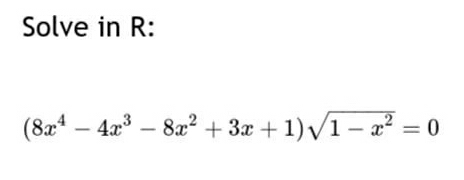
Question and Answers Forum
Question Number 74947 by chess1 last updated on 04/Dec/19

Answered by MJS last updated on 05/Dec/19

Commented by chess1 last updated on 05/Dec/19

Commented by MJS last updated on 05/Dec/19

| ||
Question and Answers Forum | ||
Question Number 74947 by chess1 last updated on 04/Dec/19 | ||
 | ||
Answered by MJS last updated on 05/Dec/19 | ||
 | ||
| ||
Commented by chess1 last updated on 05/Dec/19 | ||
 | ||
Commented by MJS last updated on 05/Dec/19 | ||
 | ||